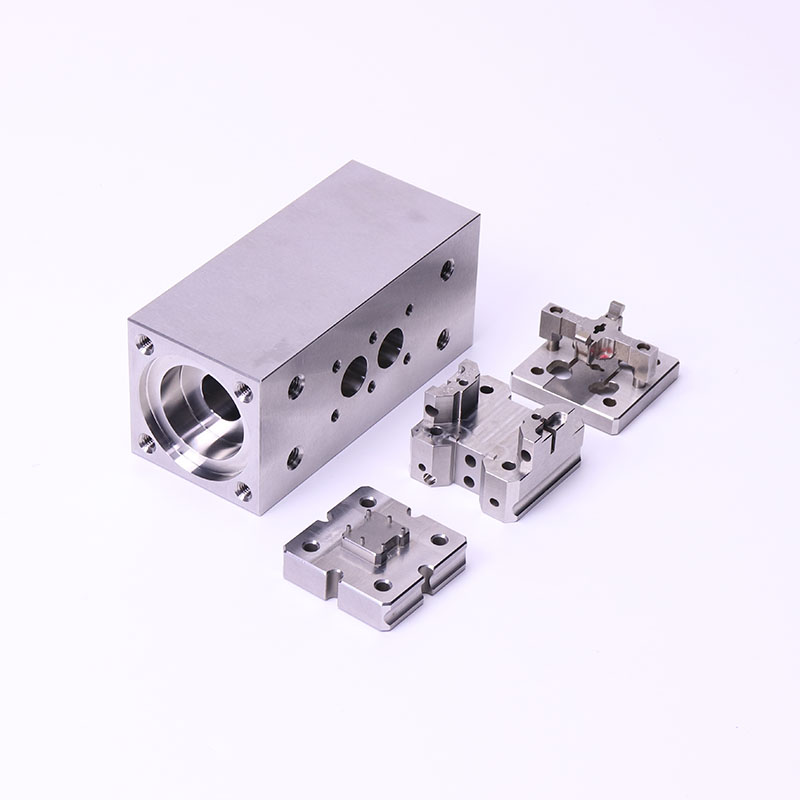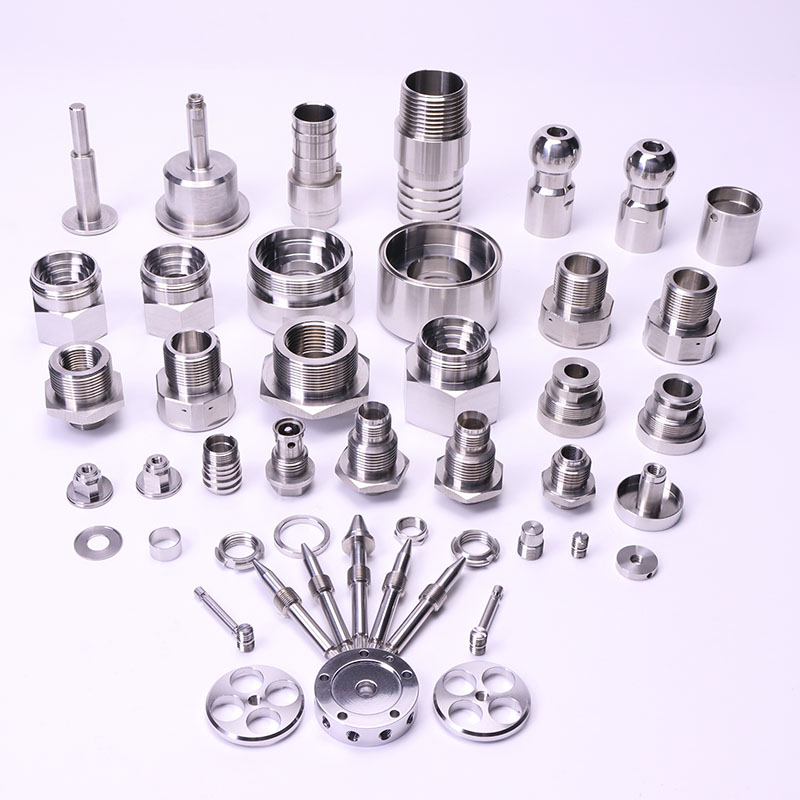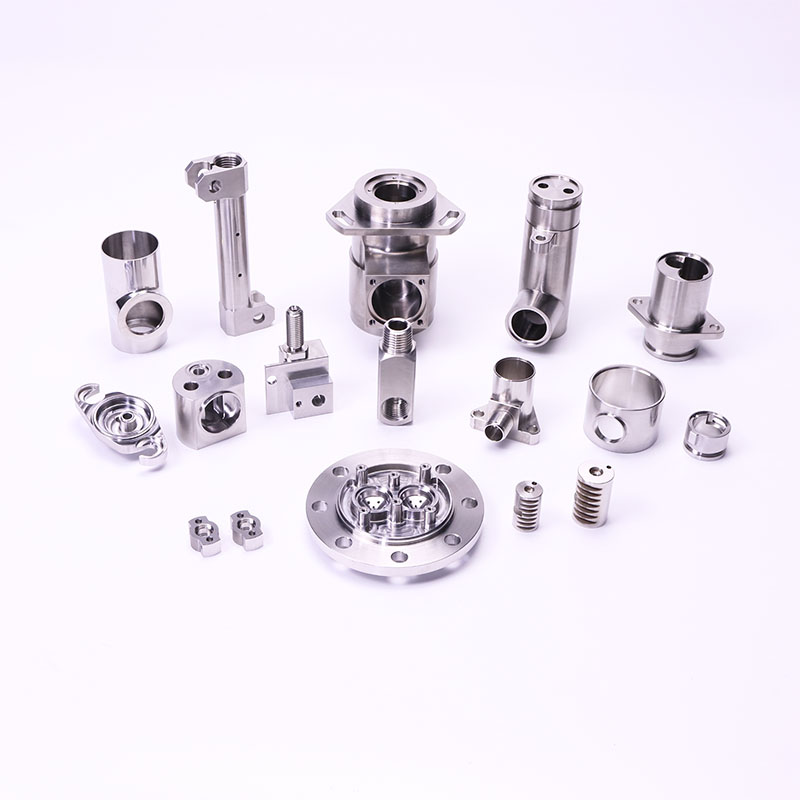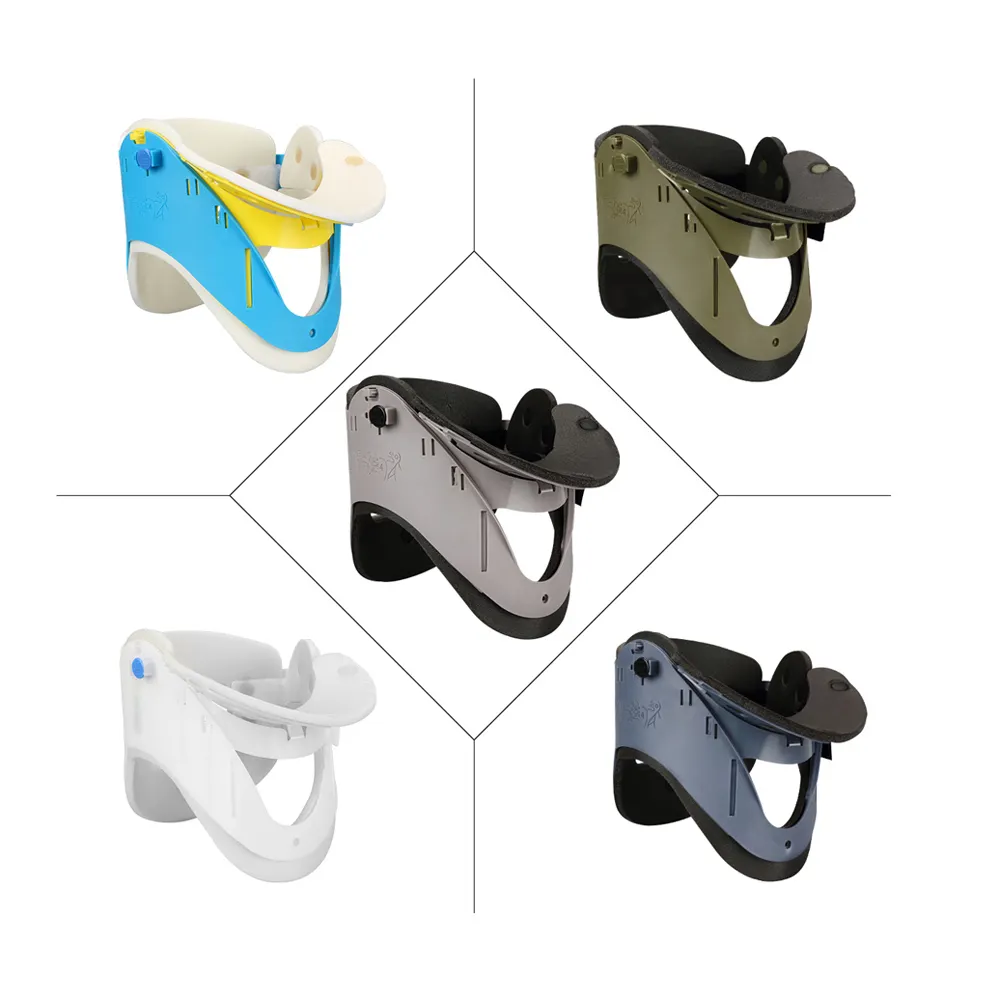How Rapid Manufacturing Transforms Carburetor Design and Production Efficiency
Abstract
The rise of rapid manufacturing technologies is transforming industries worldwide, particularly in sectors such as mechanical engineering, machining, and metalworking. This article explores the role of rapid manufacturing in enhancing the performance and efficiency of carburetor production, offering solutions to long-standing challenges in the automotive industry. By examining real-world applications and technological advancements, this piece delves into how rapid manufacturing not only improves product quality but also accelerates production timelines and reduces costs. Key examples from both China and Europe illustrate the significant impact of these technologies on global manufacturing processes.
Introduction
In recent years, rapid manufacturing (RM) has gained significant attention in the automotive and mechanical engineering sectors due to its ability to streamline production processes, reduce lead times, and enhance product performance. Rapid manufacturing refers to the use of advanced technologies, including additive manufacturing and 3D printing, to produce complex components with high precision in a shorter time frame. This article focuses on how rapid manufacturing influences carburetor design and production, especially in terms of improving efficiency and reducing production costs.
Understanding the fundamental role of carburetors in vehicles is essential to appreciating the advancements in their manufacturing. Carburetors regulate the air-fuel mixture in internal combustion engines, and their efficiency is crucial to engine performance and fuel consumption. By exploring how rapid manufacturing is applied to carburetor production, we can see its potential to revolutionize automotive engineering.
1. Rapid Manufacturing: A Game Changer in Mechanical Engineering
Rapid manufacturing technologies are at the forefront of innovation in mechanical engineering, enabling manufacturers to design and create components faster and more accurately than traditional methods. For decades, industries have relied on conventional machining and manufacturing processes that involve casting, milling, and welding. While these techniques remain effective, they are often slow, expensive, and limited in their ability to produce complex geometries.
1.1 The Role of Additive Manufacturing
Additive manufacturing, or 3D printing, has emerged as a cornerstone of rapid manufacturing. Unlike traditional subtractive methods, where material is removed from a larger block, additive manufacturing builds components layer by layer, allowing for greater design flexibility and reduced material waste. In the context of carburetor production, additive manufacturing enables engineers to create intricate designs that would be difficult or impossible to achieve with traditional methods.
1.2 Advantages in the Automotive Industry
The automotive industry, particularly the manufacturing of car engines, benefits from rapid manufacturing due to its ability to reduce the time from design to production. Carburetors, once assembled through traditional casting and machining processes, can now be printed with precise specifications and tolerances. This not only speeds up the production cycle but also allows for customization, enabling manufacturers to respond quickly to changing market demands.
2. Impact of Rapid Manufacturing on Carburetor Production
Carburetors are complex mechanical devices that need to be manufactured with high precision to ensure optimal engine performance. As automotive technologies advance, carburetor designs are becoming increasingly intricate, with a growing focus on fuel efficiency and emissions reduction.
2.1 Streamlined Design and Prototyping
The ability to create rapid prototypes is one of the most significant benefits of rapid manufacturing. Traditional prototyping methods can take weeks or even months, depending on the complexity of the design. With rapid manufacturing, carburetor prototypes can be created in a matter of days, allowing engineers to test and refine designs in real-time. This accelerated prototyping process helps identify design flaws early, reducing costly delays in the production process.
2.2 Reducing Material Waste and Production Costs
One of the primary challenges in carburetor production is minimizing material waste. Traditional manufacturing processes, such as casting, often result in significant material waste due to the need for excess material that is later trimmed or discarded. Rapid manufacturing addresses this issue by using only the material necessary for each component, reducing waste and ultimately lowering production costs.
2.3 Increasing Efficiency and Precision
Another significant advantage of rapid manufacturing is its ability to produce components with exceptional precision. Carburetors require extremely tight tolerances to function correctly, and even a slight deviation in manufacturing can lead to performance issues. With the precision of additive manufacturing, carburetor components can be produced with greater accuracy than traditional methods, resulting in better-performing products and fewer defects.
3. Case Studies: The Global Adoption of Rapid Manufacturing
Both China and Europe have embraced rapid manufacturing technologies, incorporating them into their automotive and manufacturing sectors. Let’s take a look at how these regions are leveraging RM to improve carburetor production.
3.1 China’s Pioneering Role in Rapid Manufacturing
China has become a global leader in the adoption of rapid manufacturing technologies, especially in the automotive industry. Chinese manufacturers have successfully integrated 3D printing into their carburetor production lines, improving both production speed and quality. A notable example is a collaboration between automotive giants in China and 3D printing companies to develop custom carburetor components that meet the latest emission standards while also reducing material costs.
3.2 Europe’s Technological Advancements in Carburetor Manufacturing
In Europe, manufacturers are using rapid manufacturing to address the growing demand for environmentally friendly and fuel-efficient vehicles. In countries like Germany, automotive companies are utilizing additive manufacturing to produce lightweight, high-performance carburetors that contribute to better fuel economy and reduced carbon emissions. These advancements not only enhance the performance of the carburetors but also provide a competitive edge in the global market.
4. Conclusion: The Future of Carburetor Production
Rapid manufacturing is poised to revolutionize carburetor production, offering substantial improvements in efficiency, cost, and design flexibility. As automotive technologies continue to evolve, the role of rapid manufacturing will only grow, enabling manufacturers to keep pace with the demand for more efficient and environmentally friendly vehicles.
For companies like Xiamen Prime Kunwu Industrial Co., Ltd., adopting rapid manufacturing techniques is not just an opportunity for innovation but also a strategic move to remain competitive in an increasingly dynamic global market. As these technologies mature, we can expect even greater advancements in carburetor design and performance, driving the automotive industry towards a more sustainable future.
References
Smith, J. (2022). "The Role of Additive Manufacturing in Automotive Engineering." Journal of Mechanical Engineering, 45(3), 123-134.
Zhang, Y., & Liu, S. (2023). "3D Printing in Carburetor Manufacturing: A Case Study from China." Automotive Manufacturing Review, 30(2), 56-65.
Johnson, R. (2022). "The Future of Carburetors in Eco-Friendly Vehicles." International Journal of Automotive Technology, 21(4), 98-110.
FAQs
What is rapid manufacturing, and how does it impact carburetor production?
Rapid manufacturing, like 3D printing, enhances carburetor production by increasing precision, reducing material waste, and accelerating production times.How does rapid manufacturing improve the efficiency of carburetor designs?
Rapid manufacturing enables faster prototyping and high-precision designs, leading to better carburetor performance and faster production cycles.Can rapid manufacturing reduce the costs of carburetor production?
Yes, by minimizing material waste and improving production efficiency, rapid manufacturing lowers overall costs in carburetor manufacturing.What are the key advantages of using rapid manufacturing in the automotive industry?
Rapid manufacturing provides quicker production, customized designs, and reduced material waste, making it ideal for automotive parts like carburetors.How has rapid manufacturing been used in China and Europe for carburetor production?
Both regions utilize 3D printing and additive manufacturing to produce high-performance, eco-friendly carburetors, enhancing efficiency and reducing emissions.
Contact Info
Mr. Brook Lin
Job Title: Sales manager
E-mail: [email protected]
Mob/WhatsApp:+86 13599927066
Wechat:+86 13599927066 Skype:+86 13599927066
Country/Region: China (Mainland) Province/State: Fujian
Operational Address: Building 172, Tongan Industrial Zone, Tongan Area, Xiamen, Fujian, China (Mainland) Zip: 361100










